-
Posts
587 -
Joined
-
Last visited
Content Type
Profiles
Forums
Blogs
Gallery
Events
Store
Posts posted by Jef
-
-
[attachmentid=56673]
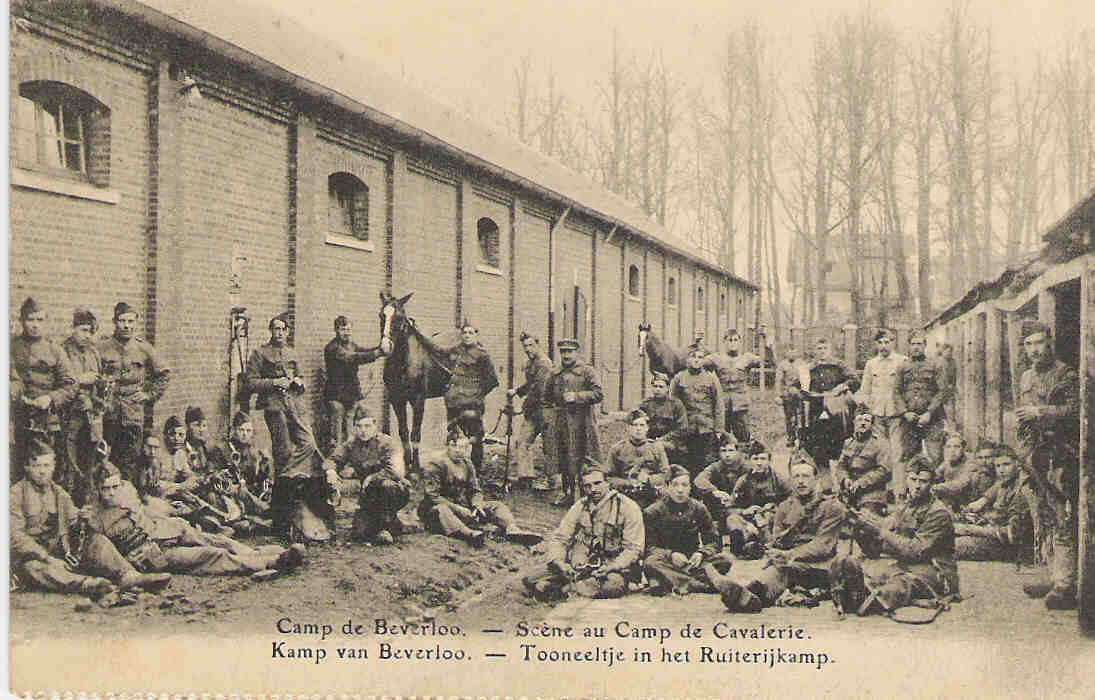

 0
0 -
[attachmentid=56671]
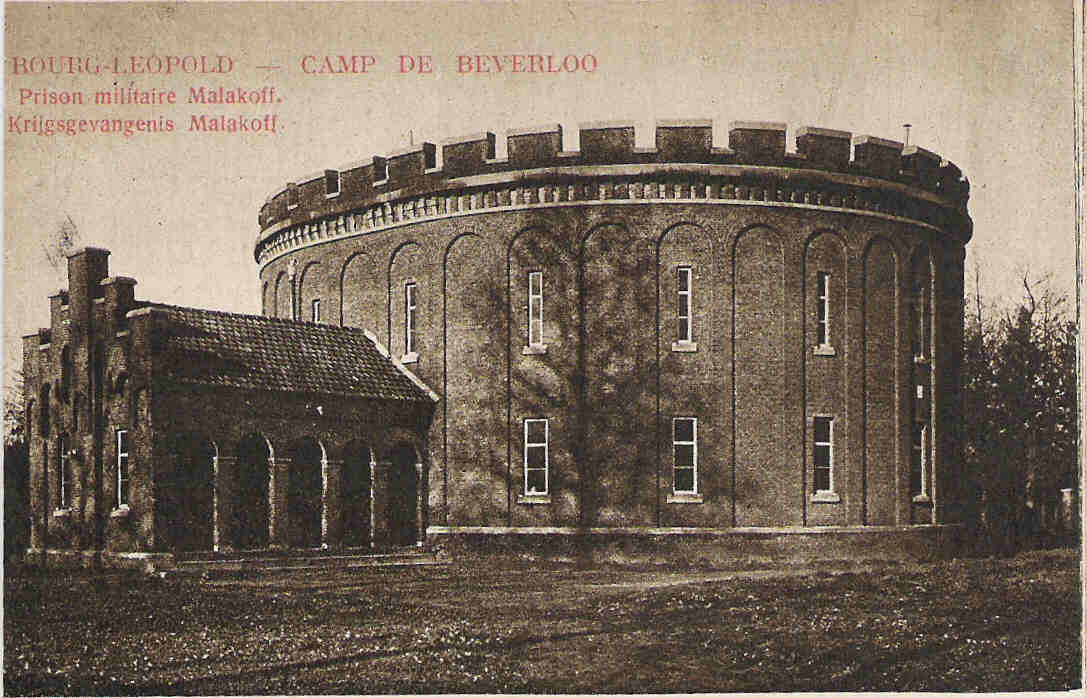
 0
0 -
Interesting. This medal is for the Journ?e du Poilu 1915, but mentions events of 1916...

I have to investigate about these medals I don't know...

Ch.
You are completely right. I wasn't aware of this


Jef
0 -
This said, it was probably a support day for the Poilus on Christmas time.
Ch.
And was this medal issued in 1915?
Jef
0 -
dear Christophe,
here another commemorative medal.
Front : journ?e dui poilu 1915
reverse: la Marne 1914
Yser 1915
Verdun- La Somme 1916
Jef
[attachmentid=55266][attachmentid=55270]
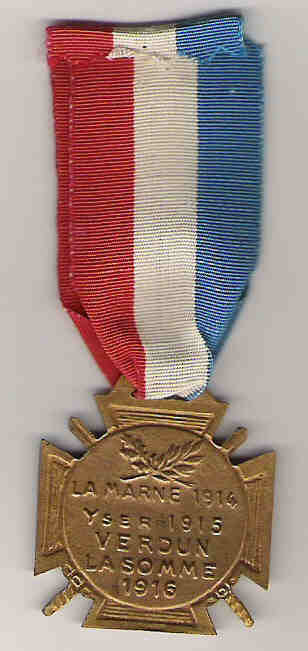
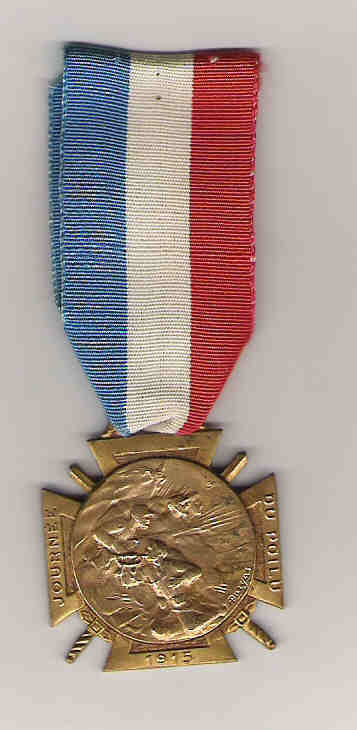



 0
0 -
Hi Jef,
This one is the UNC medal for the 60 Years of WW1. I have, frankly, not anymore additional detail about it...

It is in bronze, with a 32mm module, and has been instituted in 1978.
Ch.
Thank you so much for your help, Christophe.
Have here another commemorative medal. Can you tell me more about it, please?
Front: Journee du poilu 1915
revese:25 - 26 d?cembre .... has it something to do with X-mas?
Jef
[attachmentid=55255], [attachmentid=55257]
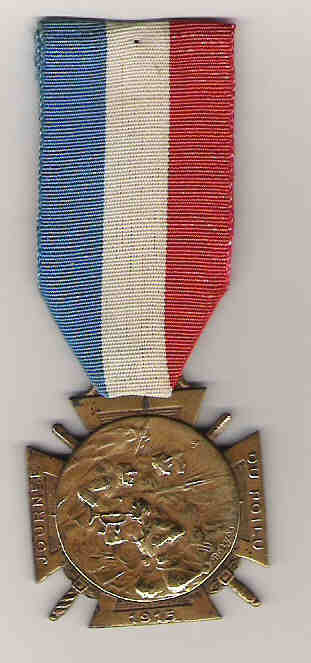
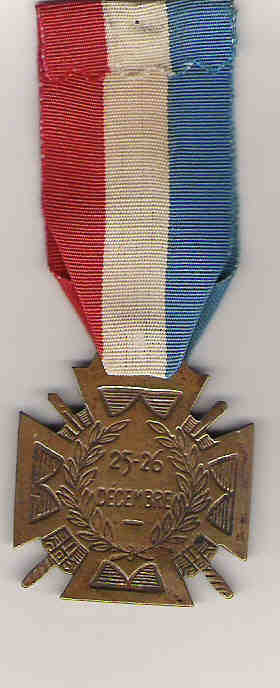



 0
0 -
Reverse Closeup;
Hello Darrel,
it seemes some medals were named.
Kind regards,
Jef
[attachmentid=55252]

 0
0 -
Hi Jef,
Thanks for posting it. This is the 1st type, with Chobillon (not Ghobillon) on the reverse.
Ch.
Thanks Christophe for the info. Sorry the C of Chobillon looks a G.
Never mind, have a question about other same medals . Would be grateful if you could tell me more about this medal. It seems this medal was issued after 1978.
Yours,
Jef
[attachmentid=55246][attachmentid=55247]
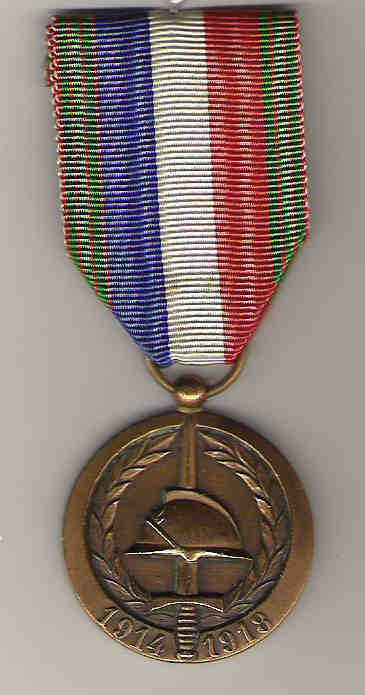
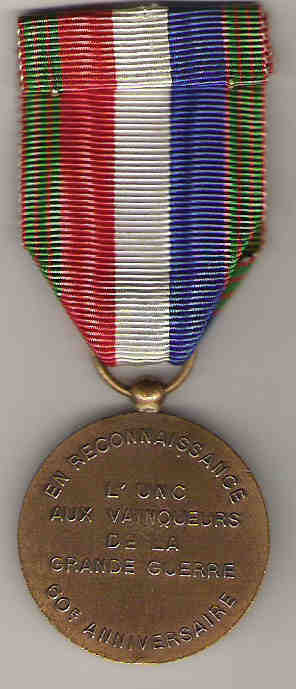

 0
0 -
Dear Darrel & Christophe,
I am wondering what type this is????
Jef
[attachmentid=55236]
And the reverse..
[attachmentid=55237]
I can read GHOBILLON PARIS .
Your comments please.
With kind regards,
Jef

 0
0 -
I don't have it, but will try to find a pic.
Ch.
Dear Darrel & Christophe,
I am wondering what type this is????
Jef
[attachmentid=55236]
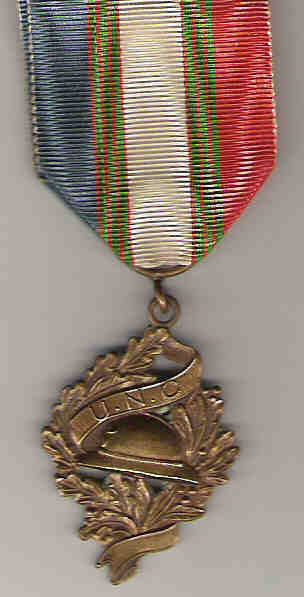
 0
0 -
Ahhhh, the WWII type looks like it has squinted eyes, whereas the WWI type hasn't, I think. As for the earlier type being flatter, I'd probably need to have them in my hand to tell.
I always thought Rijkswacht was something similar to the police. Saying that it looks like it could mean Kingdom Guards.
Tony
That's right Tony, Rijkswacht did police work but it's employer was ministry of defense ( in 1914 and 1940 some Rijkswacht units and army fought side by side) . The employer of the police were cities and villages. Several years ago there was a re-organisation and the two amalgamated.
As promised i have been looking for more info (with thanks to my friend Phil Delameilleure)about Belgian badges on adrian helmets. First of all i'm glad i haven't tell you any lies but i have to add:
Some Red Cross units also used adrian helmets with a metal badge or a painted badge. Also police units used the Adrian with a painted police badge.
During the Second War some painted letters were used:
ZHD; for Zekerheid en HulpDiensten ( the early civilian protection)
DP; Defense Pasive ( some similar organisation)
PLB; Passieve Luchtbescherming ( protection and help during and after an airraid)
Coat of Arms of towns, cities, villages + PLB or PB ( Passieve bescherming)
the resistance used adrians with painted lettering.... the name of their organisation.
On the other side of the resistance was the collaboration. Some Walloon collaborators were wearing the Adrian helmet with painted REX lettering. The last examples were non officially of course.
Hope you like the info.
Kind regards,
Jef
0 -
Found anotherone,Tony
The helmet which was used by the "Passieve Luchtbescherming", that's an organisation who helps civilians during and after airraids. Their helmet had another badge
see ( hope it works): http://www.snuffelsnel.be/verzamelen/krijg...herming/179868/
kind regards,
Jef
0 -
Thanks Jef,
Does the WWII type of lion or that of the Rijkswacht differ much from the WWI type?
Tony
Hello again,
The WWI type is more flat. Concerning the Rijkswacht, this was part of the army, so it was the same badge like the army. After the second war they had other helmets, same type but no steel anymore ( plastic??). The badge was a white metal flaming grenade.
Enclosed is a WWII helmbadge. Sorry for the hazy pic, badge was too thick to put on the scanner.
Like I told in previous message, I will look for more info
with kind regards,
jef
[attachmentid=53477]
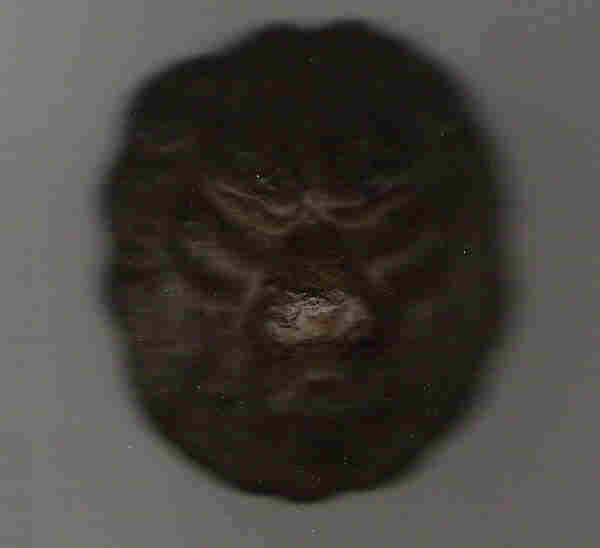
 0
0 -
Tony,
Here are some French World War II Adrian helmet badges. As i am not sure about the Lion's head is the only Belgian badge, I will ask some friends.
With kind regards,
Jef
[attachmentid=53476]
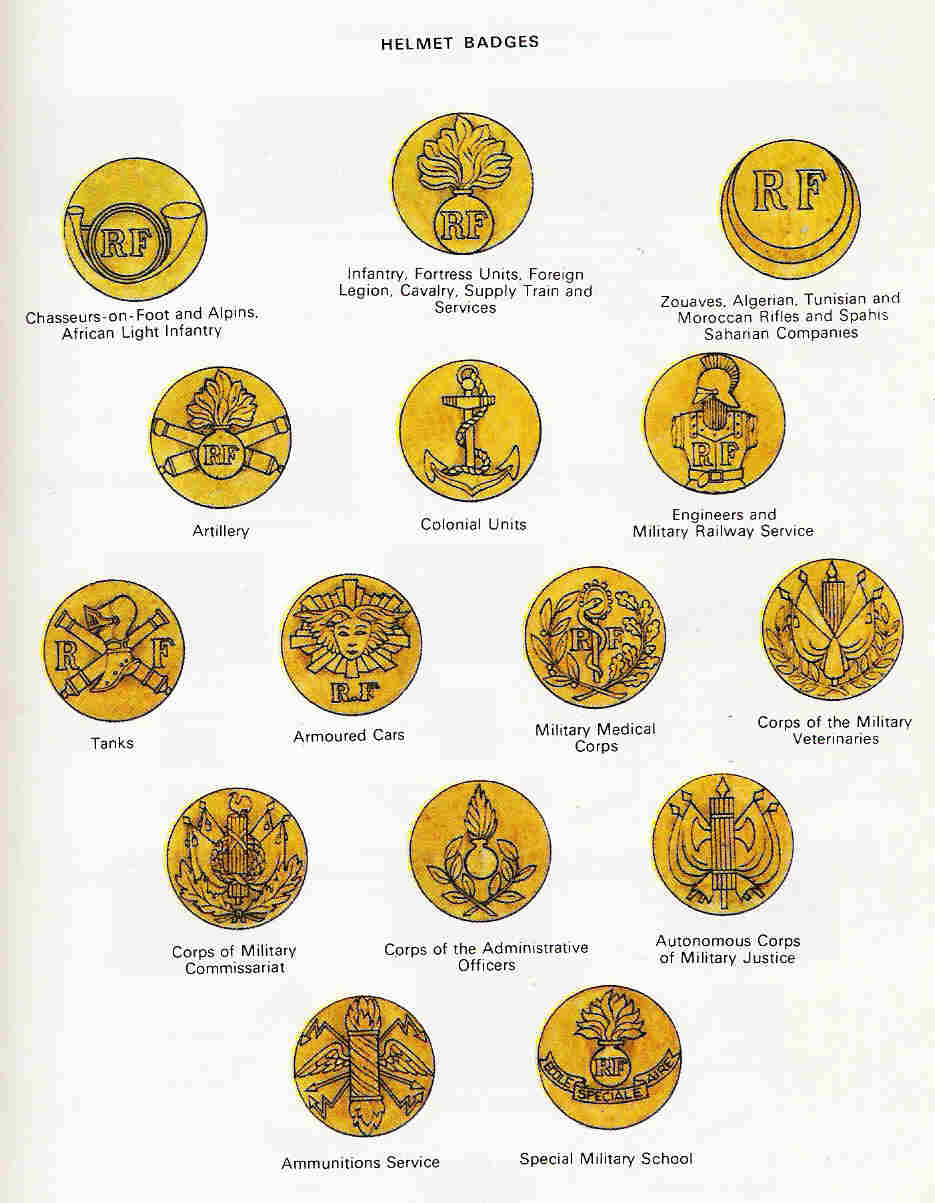
 0
0 -
Hello Again, Tony,
Enclosed you will find some Adrian badges. According to this book: Army uniforms of WWI ( Blandford) there is only one ( ?) Belgian badge
Will try other sources,
Jef
[attachmentid=53475]
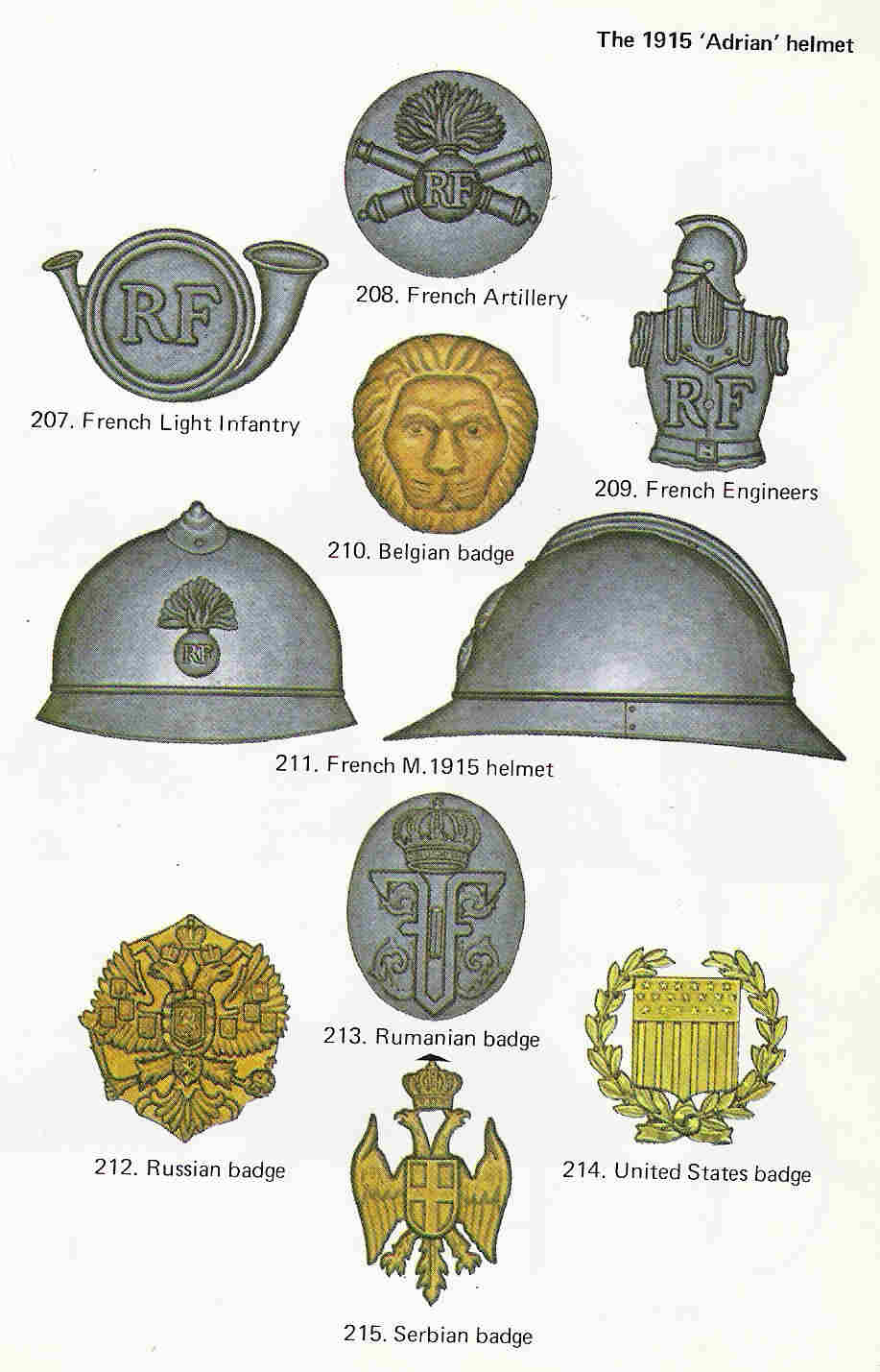
 0
0 -
Does anyone know anything about the Belgian used Adrian in particular the insignia?
Below is a picture of the insignia on my Belgian Mle. 15 which I bought at a flea market in Tongeren, Belgium a couple of years ago. Since then, I?ve been told that the Belgians used different insignia later in the war and between the wars too. I am 100% sure my one is all original to WWI but if there are differences in the insignia, where are they? I didn?t have any luck searching online.
Thanks
Tony
Hello Tony,
I might be wrong ( saw many but only with lion's head) but I think the lion's head was the only insignia which was used by the Belgians. There are different patterns of lion's heads. Later on, fire brigades ( with crossed axes), Rijkswacht ( lions head) and civilion protection ( ?) used the WWII model.
I know the French , Russian,Rumanian, US, and Serbian armies also used the Adrian helmet with their own insignia. Will look for some pics.
kind regards,
Jef
0 -
Dear Gents,
Making a study about symbolism, tradition and heraldry in British badges ( ONLY 1914-1918) for our Belgian WFA journal. The study has finished and is going to be published next december. While doing the finishing touch, my friend and co-author showed me something new, see left badge. The badge on the right is in every reference book and shows Guilford Castle.
Does anyone knows the meaning of the figure in the middle of the left badge. What's the difference between those two badges. Who wears what? Any information would be gratefuly received.
kind regards,
Jef
[attachmentid=52730][attachmentid=52731]
Hello again,
Meanwhile i found (with the help of some friends in IFF, Ieper, Belgium) an answer to my question.
The right badge is the cap badge as we all know. So normally, headstones in the many cemeteries of the Commonwealth War Graves Commission wears the cap badge of the soldier who's buried at that place.
But there are some exceptions! And the headstone to memory a member of the 23rd London Rgt. is one of these. Headstones for the 23rd London Rgt. wears the left badge ( badge number 1250 from the CWGC badge list). The middle is an old ancient device known as the Bridge House Mark, the emblem of Southwark ( on the southern Thamesbank of London) It consists of a combination of the Greek letter X, the initial of Christ, with the triangle of the Trinity and the circle of eternity.
The origins of the 23rd London Rgt. were in Southwark, so...
The Bridge House mark is still used by the Bridge House Estates Trust which is responsable to maintain the Southwark bridge, Blackfriars bridge, the London and Tower bridges and the Millenium bridge.
I thought some people would like to know this.
with kind regards,
Jef
0 -
Dear Gents,
Making a study about symbolism, tradition and heraldry in British badges ( ONLY 1914-1918) for our Belgian WFA journal. The study has finished and is going to be published next december. While doing the finishing touch, my friend and co-author showed me something new, see left badge. The badge on the right is in every reference book and shows Guilford Castle.
Does anyone knows the meaning of the figure in the middle of the left badge. What's the difference between those two badges. Who wears what? Any information would be gratefuly received.
kind regards,
Jef
[attachmentid=52730][attachmentid=52731]

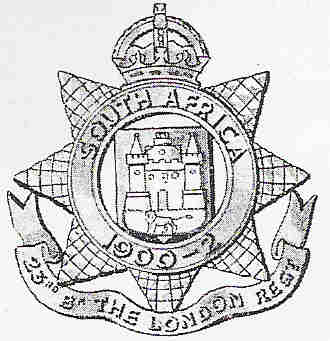



 0
0 -
Hi Jef,
Hendrik's option is a clever one. I think that with X-Rays (or others in the same style) you could check this.
Cheers.
Ch.
Thank you Christophe,
I'll tell him. As a matter of fact, he was scanner operator ( X-Ray,etc...)in a hospital. He retired last year.
I remember he copied lots of old negative photograph's for me. Still have some X-Ray photographs from a pistol and other things which were found in the soil.
kind regards,
Jef
0 -
Jef,
I believe he was from Doornik (born and died there ... 1902-1971) and do think there's something odd about the picture :
first there's the Fire Cross as you pointed out but what about the top row of medals ? Doesn't the good captain appear to be very young to have all those long service awards ? Even counting double the war years, he couldn't still be a captain with all those awards, could he ?
Just an idea : original picture from 1923 and painted over with the new medals in the 1930's ??? Maybe your friend can check the original with that in mind ...
Cheers,
Hendrik
Hello Hendrik,
If you know the painter's birth and decease dates, you must be quite sure he was from Doornik.
About the painting: it's the only possebility the painting must have been painted over. I don't think my friend will remove the last coat to see what's under it.
Thank you for your answer.
Kind regards,
Jef
0 -
And a detail from the painting. Someone told me the painter was an artist from Antwerp.
kind regards,
Jef
[attachmentid=52606]
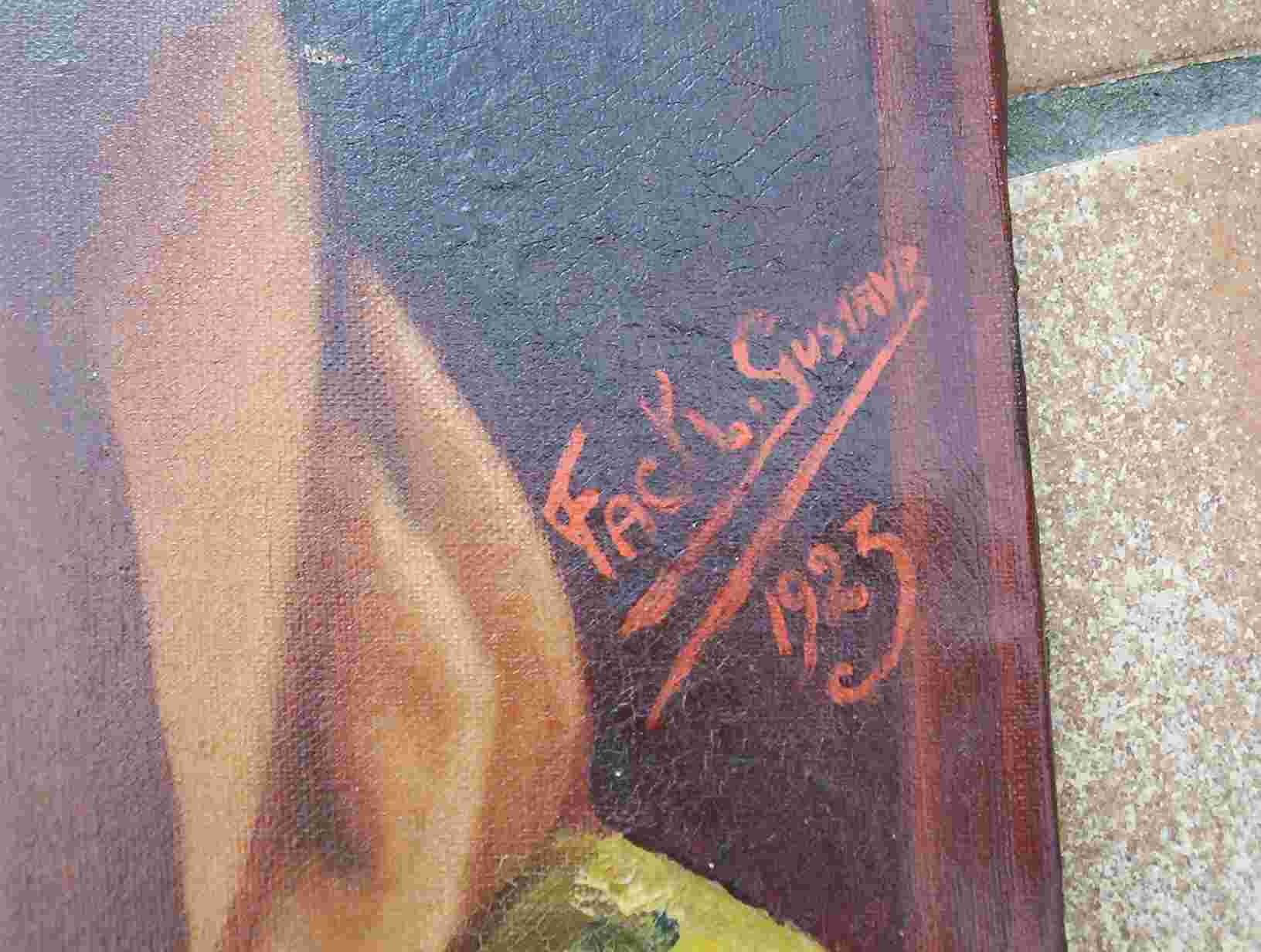

 0
0 -
Hello,
A close friend of mine bought this painting some time ago. The date on the painting is 1923. But our Captain is wearing a Fire Cross which was instituted in 1934! What's going on. Anyone has some ideas? I have been looking in different books " Guldenboek der Vuurkaart" to know his name, but was unable to trace him. Are there other ways to find out who he was.
Jef
[attachmentid=52604]
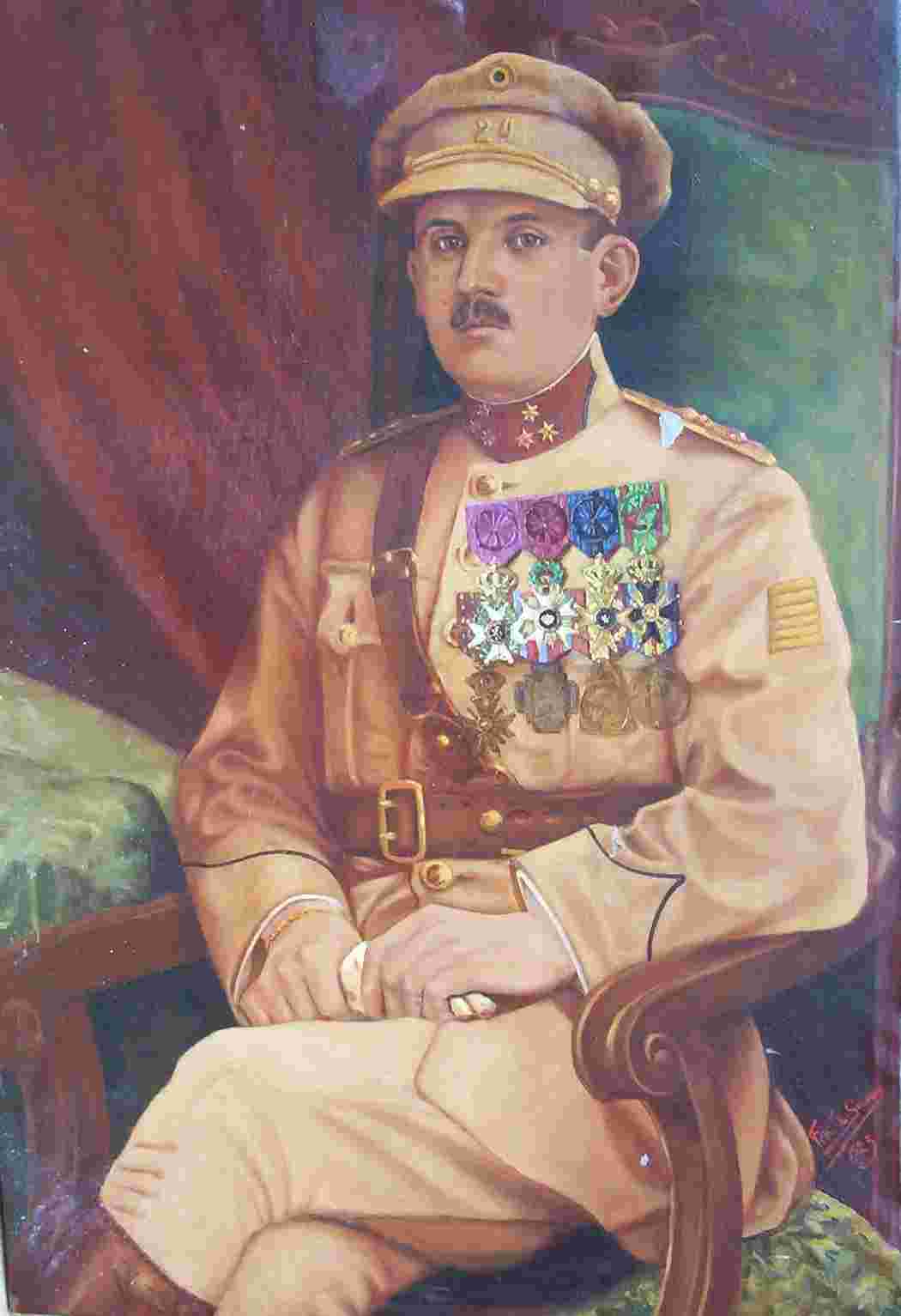

 0
0 -
Jef,
Forgot to mention something in my previous post : I noticed the Yser Medal in the group ... how can that be there if he saw service from October 1916 onwards ? Only participants of the October 1914 battles could receive that one !
Hendrik
Hello Hendrik,
You are completely right. I didn't see this. How can he has a medal of the october '14 battles if he saw service in 1916 and later?
 I don't have his fire card, only the later 'Kaart van Vuurkruiser ' and several reduction cards. His Livret de Mobilisation/mobilisatie-zakboekje is missing an important page. I don't know what i have to think about this?
I don't have his fire card, only the later 'Kaart van Vuurkruiser ' and several reduction cards. His Livret de Mobilisation/mobilisatie-zakboekje is missing an important page. I don't know what i have to think about this? In the past, i remember i had a similar case. Will look if i can find it and post it later.
In any case, thank you for any help
kind regards,
Jef
0 -
I saw he got wounded on 20 December 1916( mobilisatiezakboekje) So his Commemorative medal should have a red cross on the ribbon. Later on he went back to his unit, so he earnes a star on his ribbon of the Commemorative medal. He also had the " vuurkaart" ( fire card,... in 1934 he received the Fire Cross) which means he was at least 1 year in the frontline, so at least he had 1 or 2 frontstripes. When we are looking to his medals ( see attachement) there are no ribbon insignia on his Commemorative medal 14/18. No red cross, nor star and no front stripes.
So, as far as i'm concerned we cannot always conclude his service.
On the other hand some veterans ( or veteran's league) put some non official insignia on the ribbons...
Hendrik, these are my statements. I think i'm wrong somewhere....? Comments would be gratefuly received
Kind regards,
Jef
[attachmentid=52588]
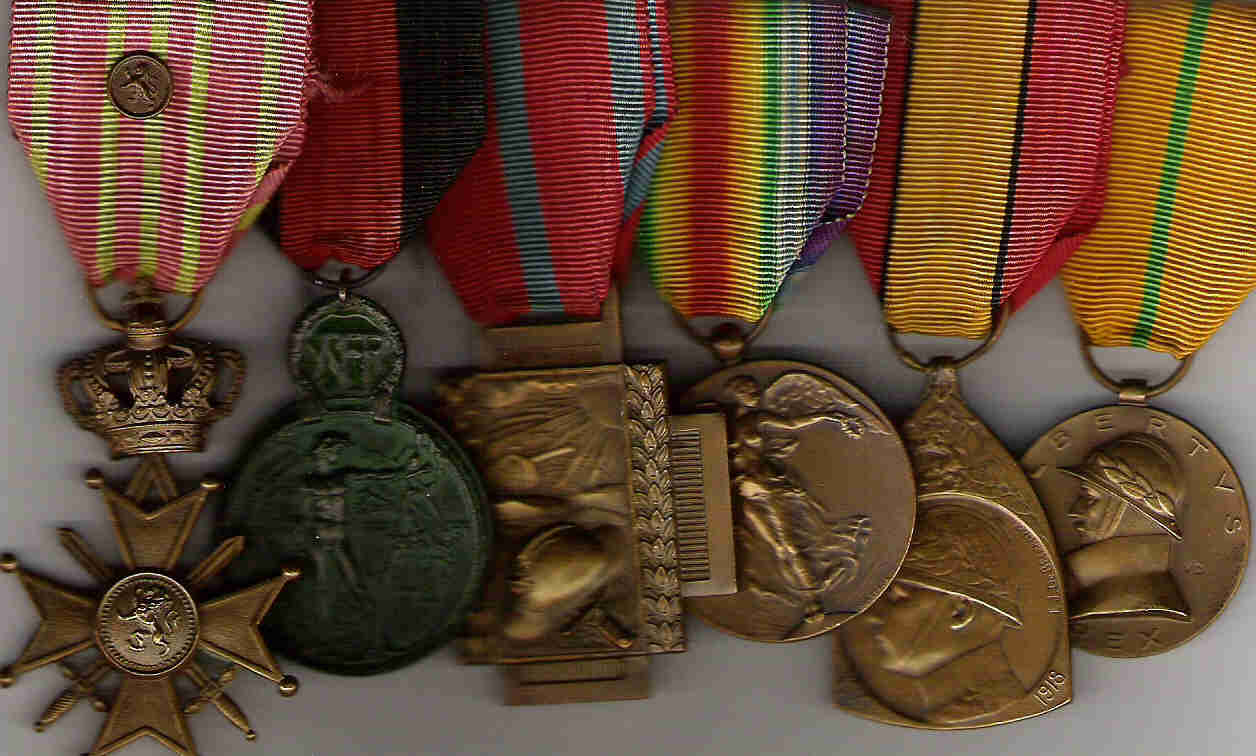
 0
0




Beverloo postcards
in The Great War 1914 to 1918
Posted
[attachmentid=56674]